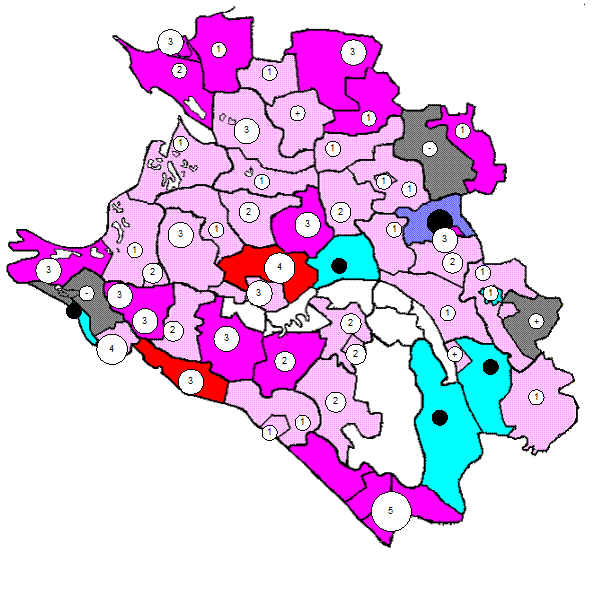Text A. Scientific Contributions to Technology
In the last two centuries scientific discoveries and the close ties between scholars, engineers, mechanics, manufacturers and traders led to discovery of countless techniques for processing raw materials and distributing manufactured goods. Science plus technology was a key to a better material life. Major steps toward the production of more food were made with the work of Charles Darwin, who proposed a theory of biological evolution, and by Gregory Mendel. By crossing different varieties of plants, Mendel discovered that characteristics are inherited in predictable patterns. This led to the breeding of more nutritious, drought-resistant varieties of wheat, corn, potatoes, apples and many other foods. Because of developments in chemistry farmers can use fertilizers that further increase crop yields. With modern machinery, farmers can produce more per man-hour of work. In 1800, a farmer using a hand hoe spent almost 350 man-hours raising 100 bushels of corn. Today, an expert farmer equipped with machines, better seeds and fertilizers can raise 100 bushels with less than 5 hours of labour. The same kind of progress is evident in the use of other natural resources. Traditionally people made use of forests mainly for berries, fruits, nuts, game and firewood. Later, with greater knowledge and new technics, they looked at the forests with new eyes. They found that wood could be used for making plywood, paper and cellulose for plastics. When people began to understand how forests catch moisture and anchor soil on a steep slope, they devised a way to prevent floods and soil erosion. Seas have always been filled with fish. But it was only after people began to use trawling nets and powered boats that they could appreciably increase the catch. For thousands of years the chief sources of fuel were wood, straw and leaves. The use of coal was not discovered until the 1600’s. The story is much the same for petroleum, uranium and other sources of energy. No resource becomes useful to man until he understands its possibilities. Only in the second half of the 20th century engineers came to understand that large quantities of electric power could be derived from high tides. Now a sea motor on the north-west coast of France generates enough power to meet the needs of a large industrial city. The Industrial Revolution of the nineteenth century has transformed the way of life of the majority of people. Besides improved techniques of using raw materials, power sources have been applied to operations previously performed by the muscles of men and beasts. Steam and electric power have made it possible for each worker to produce far more. Thus, more goods can be manufactured within a given amount of time. Nowadays in a number of up-to-date mills and plants automatic machines entirely replace the work of men. In mining industry conveyors and remote control devices make miner’s labour safer and easier. They help to produce more ore, coal, oil and gas. Machines help not only factory workers and farmers. They do part of scientific research work as well. They enable scientists to reveal the secrets of the Universe. Satellites circle the earth, spaceships explore the outer space. Underwater robots explore the seabed at a depth of more than 4,000 metres. Electronic instruments – radars, lasers and masers are the latest developments of research equipment. They are of great help in all forms of scientific work. To move raw materials to factories and goods to consumers techniques have also been developed to increase the speed and efficiency of transport. Without steamboats, railroads, motor vehicles and roads, and planes industrial societies would come to a standstill. Science, use of power, increased precision, mechanization, and speed have changed ways of life more in the last hundred years than in thousands of preceding ones.
|




